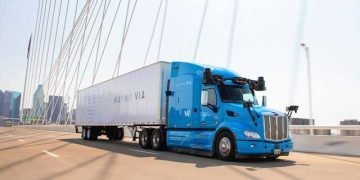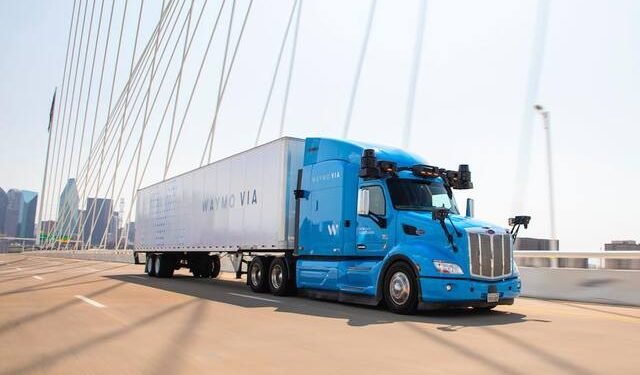The trucking industry is grappling with an ongoing crisis: a severe shortage of drivers. This persistent challenge is disrupting supply chains, driving up freight costs, and impacting businesses across various sectors.
Several factors contribute to this driver deficit. A demanding work-life balance, stringent regulations, an aging driver population, and a perception of low wages have made the profession less attractive to potential drivers. Moreover, the COVID-19 pandemic exacerbated the issue by disrupting training programs and increasing demand for freight transportation.
To address this critical problem, industry stakeholders are implementing various strategies. These include investing in driver training and retention programs, improving driver compensation and benefits, and advocating for policy changes to streamline regulations. Additionally, the adoption of technology, such as advanced driver assistance systems (ADAS) and autonomous vehicles, is being explored as a potential long-term solution.
While these efforts are underway, the trucking industry faces a complex challenge that requires sustained attention and collaboration. The shortage of drivers continues to cast a long shadow over the supply chain, emphasizing the need for innovative approaches to ensure the smooth flow of goods.























